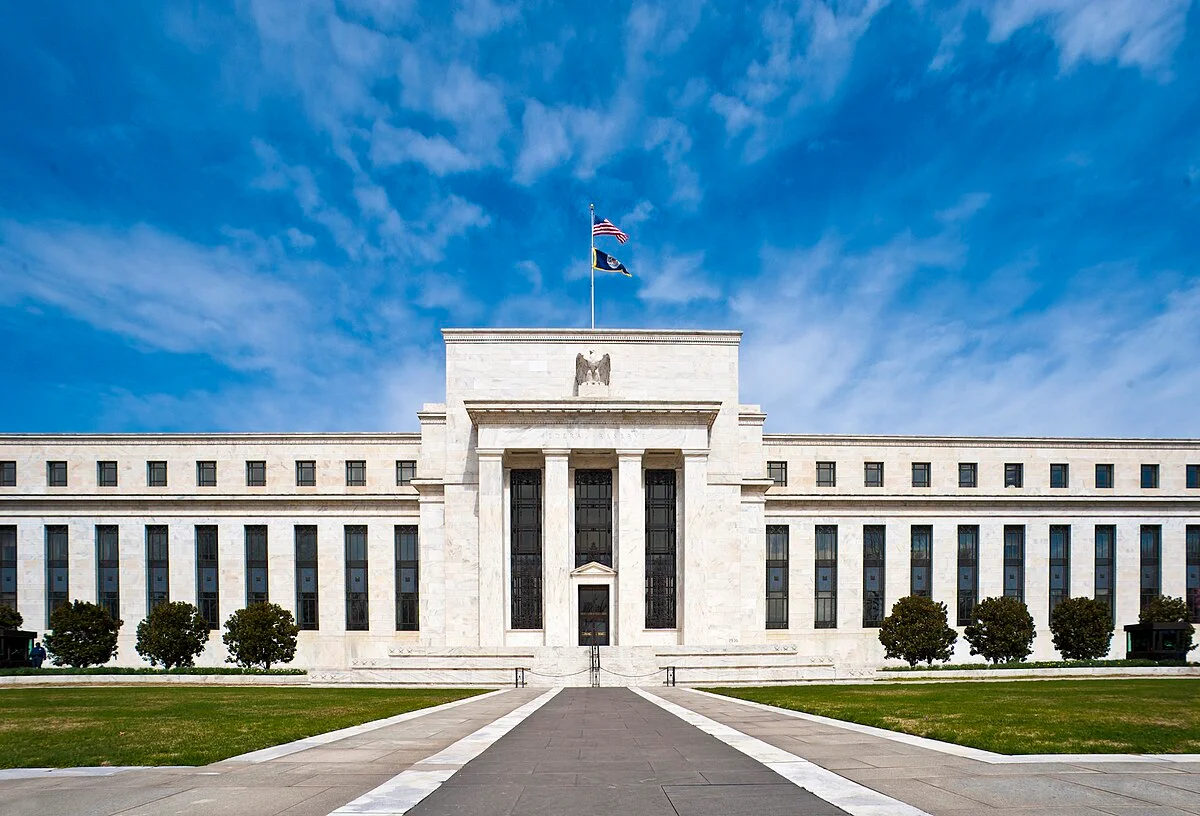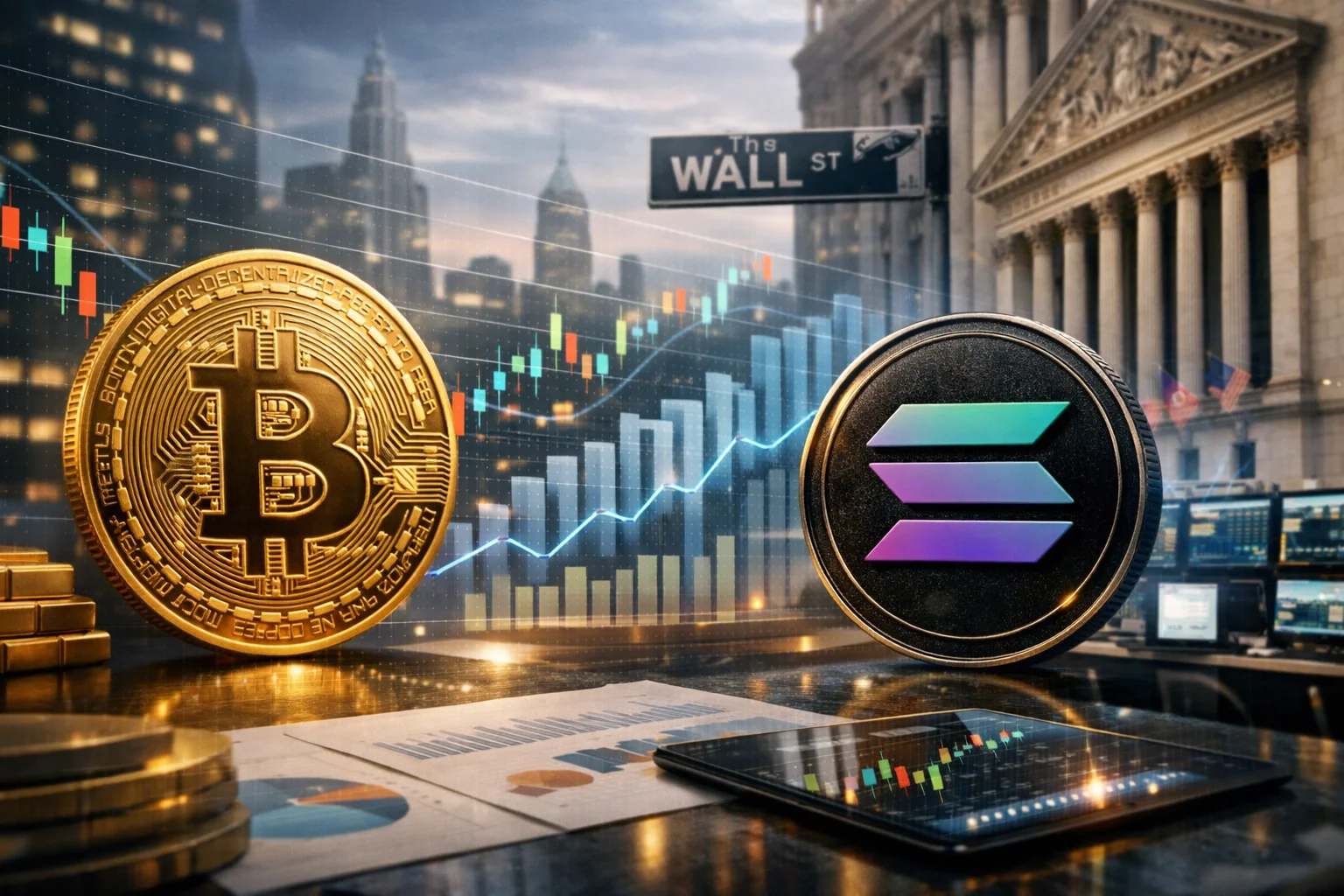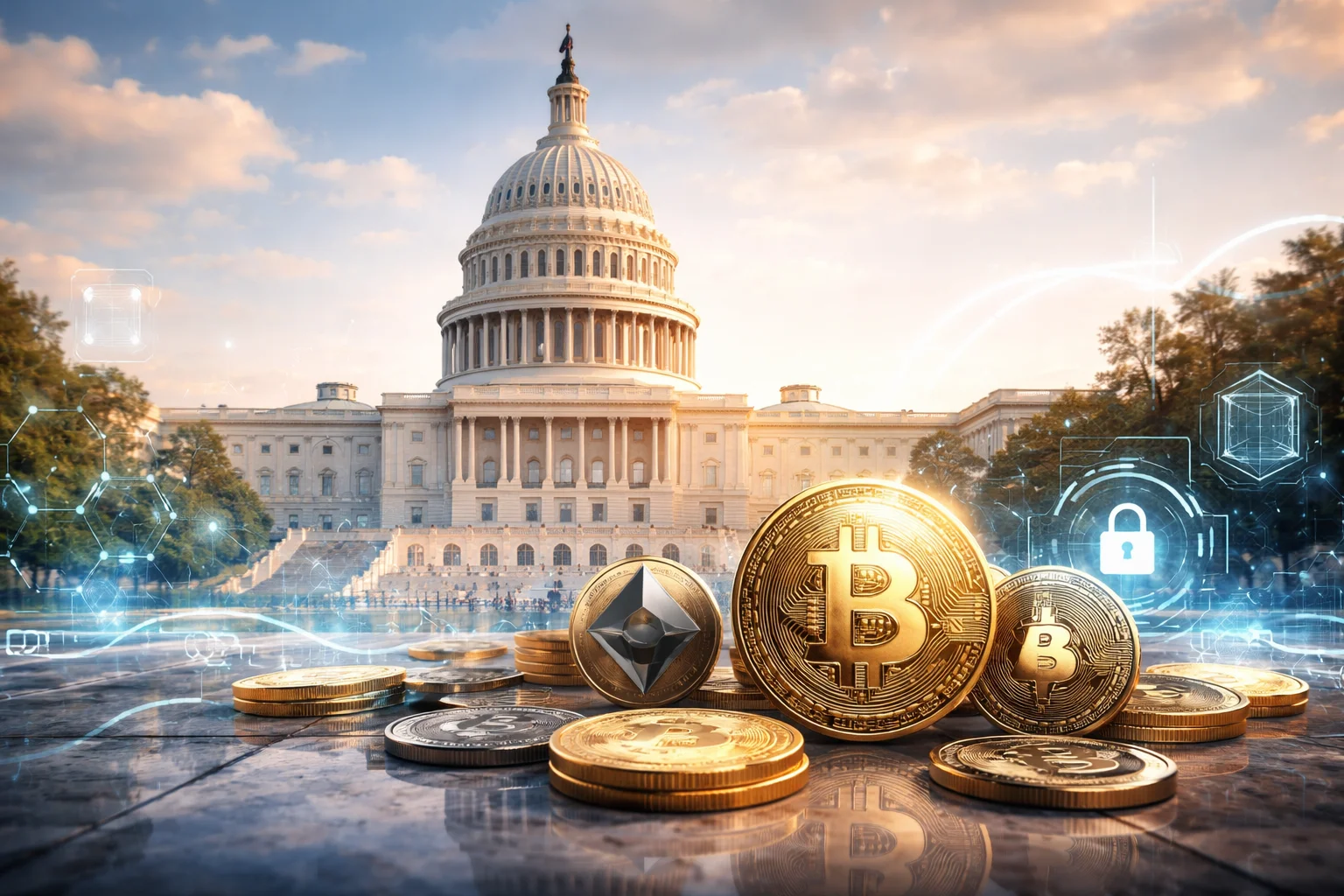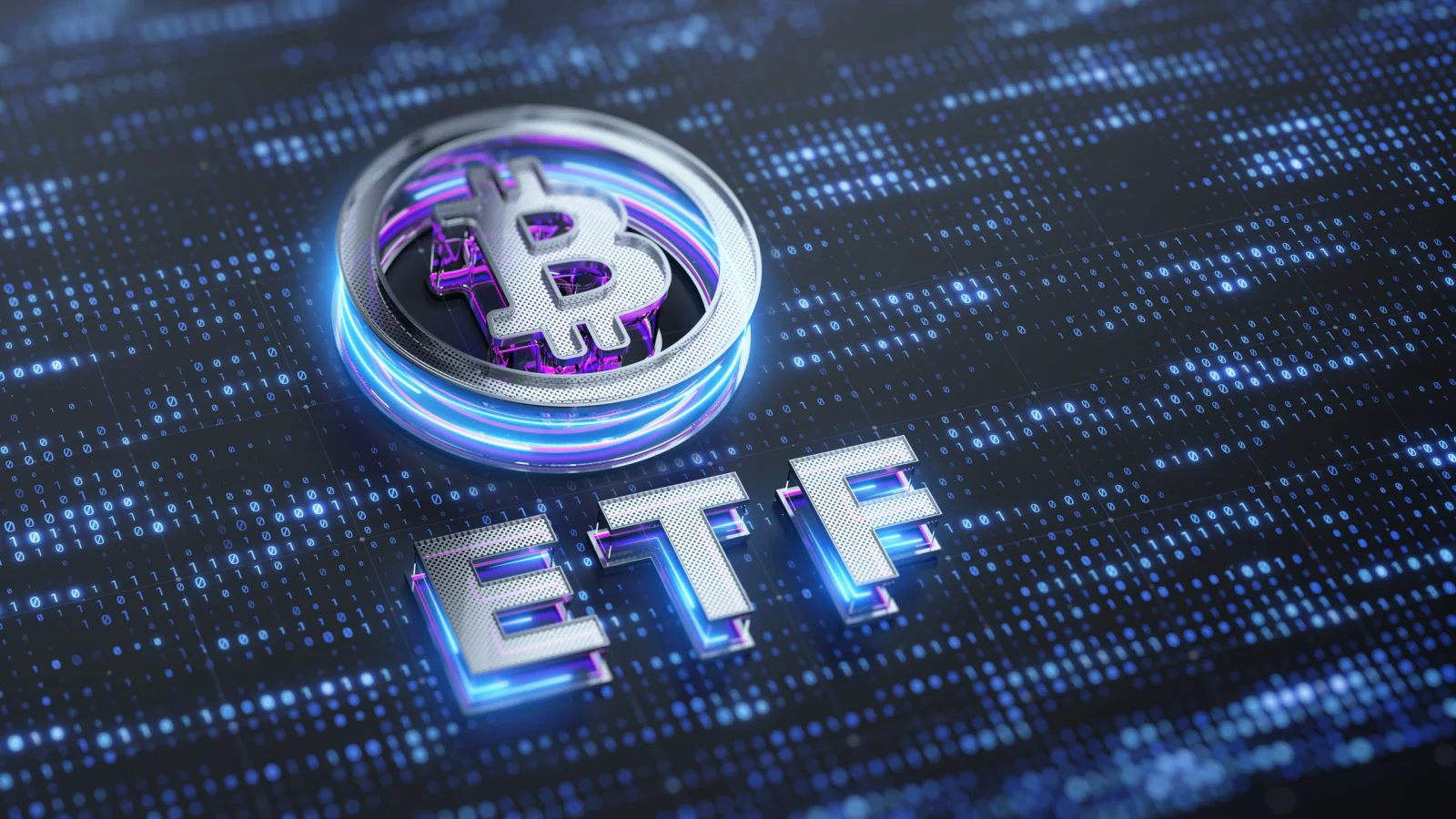Binance has made a striking move in the cryptocurrency market by listing USD1, a stablecoin developed by World Liberty Financial. This development is not just a technical integration, but a multi-layered move with political, economic, and regulatory implications.
What Is USD1 and Why Is It Controversial?
Launched in March 2025, USD1 is a stablecoin pegged 1:1 to the U.S. dollar. It is backed by cash, short-term U.S. Treasury bonds, and bank deposits. Issuance and custody operations are handled by BitGo Trust Company, a licensed trust firm in the United States.
Although regular audits of reserves are claimed, detailed public reports have yet to be published. This lack of transparency has raised concerns among investors about security and trust.
Binance Integration: Where Can It Be Used?
Binance has made USD1 available not only via the spot trading pair (USD1/USDT) but also across many other services on its platform:
- Binance Simple Earn: Users can invest in flexible earnings products with USD1.
- Buy Crypto: USD1 can be purchased using VISA, MasterCard, Apple Pay, and Revolut.
- Binance Convert: USD1 can be converted to BTC, USDT, and other coins with zero fees.
- Binance Margin: USD1 is now available for borrowing in cross and isolated margin trading.
Deposits are now open, and withdrawals will be available starting May 23 at 3:00 PM.
Market Performance: Ranked Seventh in a Short Time
USD1 quickly reached a market capitalization of $2.15 billion, making it the seventh-largest stablecoin. Its 24-hour trading volume stands at around $1.39 billion.
Currently operating on Ethereum and BNB Chain, USD1 plans to expand its multi-chain support using Chainlink’s cross-chain protocol.
Political Backdrop: Trump Family Involvement
USD1’s developer, World Liberty Financial, has direct ties to U.S. President Donald Trump and his family. Trump serves as the project’s “Chief Crypto Spokesperson”, while his sons Eric and Barron Trump participate as “Web3 Ambassadors.”
These affiliations have sparked ethical debates, especially as the stablecoin market is in the midst of regulatory scrutiny. Some Democratic members of the U.S. Senate argue that such connections could create conflicts of interest and undermine market fairness.
Rumors that a $2 billion MGX investment into Binance will be funded through USD1 have further fueled these political controversies.
The listing of USD1 on Binance has intensified the technical competition in the stablecoin market, while also introducing a politically charged debate. With its aggressive growth strategy and direct ties to the Trump family, World Liberty Financial’s USD1 is far more than just another digital dollar alternative.




